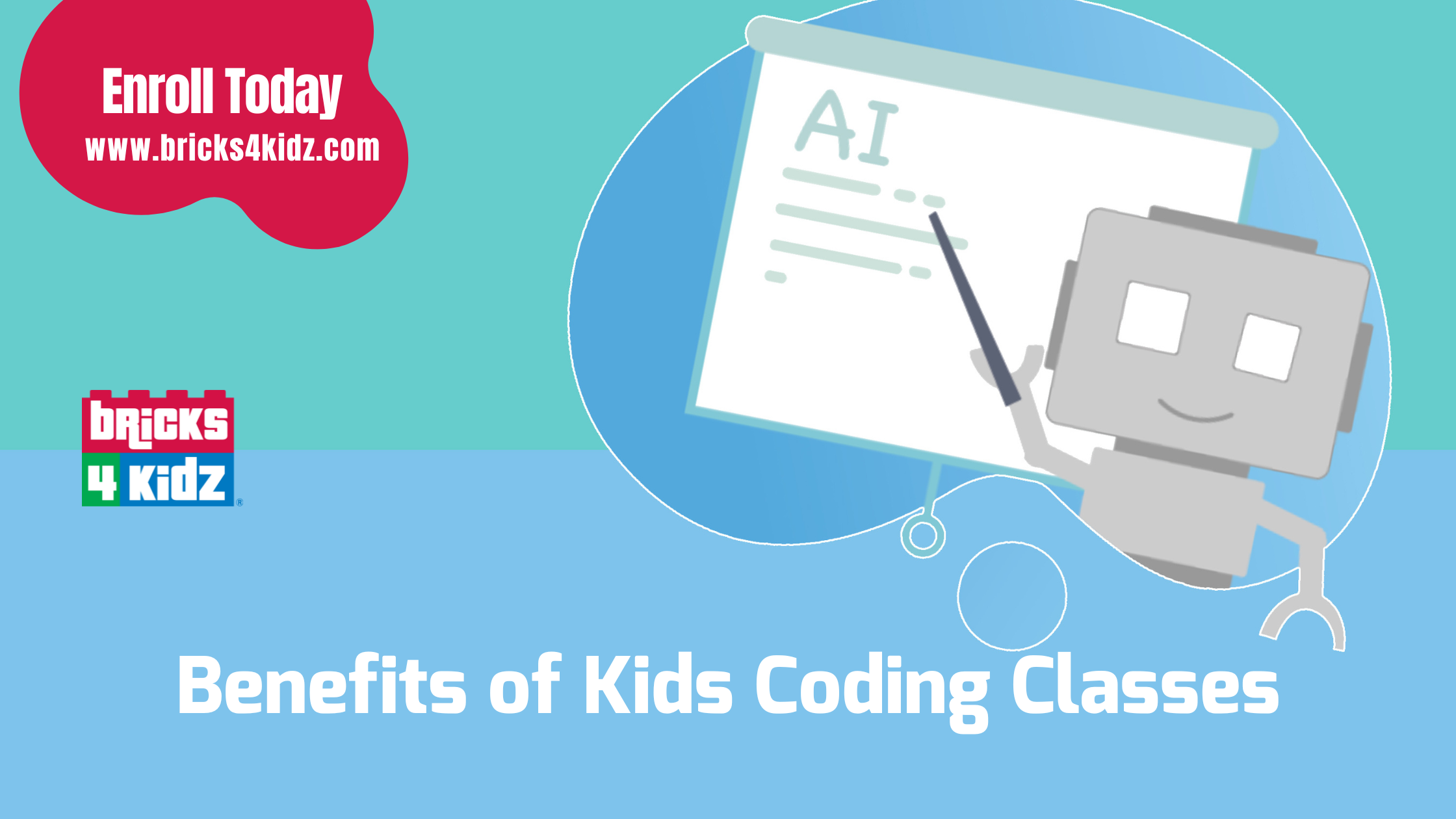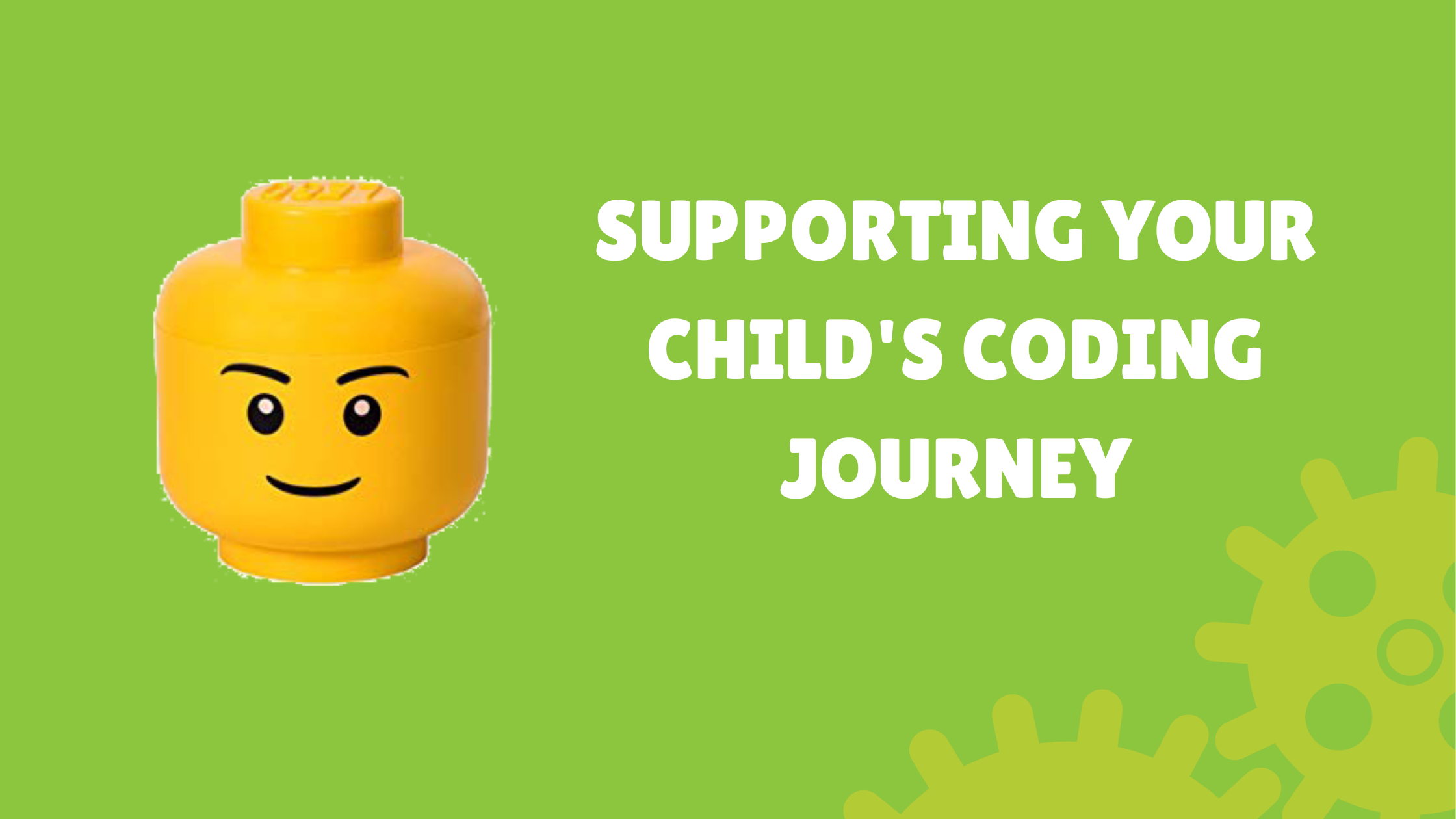In today’s digital world, coding is a fundamental skill that drives innovation and progress. As technology continues to advance, the importance of coding becomes increasingly apparent. Introducing coding classes to children not only equips them with valuable skills but also provides a multitude of benefits that will help them succeed in their future academic and professional pursuits. Coding classes play a crucial role in STEM education, fostering critical thinking, problem-solving, creativity, and collaboration among young learners.
I. The Basics of Coding for Kids
A. Introduction to programming languages
Scratch and Blockly are visual programming languages designed specifically for children, providing a fun and interactive way to learn the basics of coding without being overwhelmed by complex syntax.
Python and JavaScript are popular text-based programming languages suitable for older children and teenagers, offering more advanced features and functionality for creating web applications, games, and data analysis projects.

II. Benefits of Kids Coding Classes
A. Developing computational thinking and problem-solving skills
Computational thinking is a core aspect of coding education, teaching children to process large amounts of data and find the gist of what they are learning. These skills can be applied not only in coding but also in real-life situations and other academic subjects, such as social sciences and history.
B. Encouraging persistence and resilience
Coding can be challenging, and children may encounter setbacks when working on projects. By persevering through these challenges, kids learn the value of persistence and resilience, important qualities that can help them succeed in all areas of life.
C. The direct relationship between learning to code and academic success
The skills learned during the coding process are transferable to other subjects like math. Coding often involves using math concepts such as algebra, geometry, and trigonometry. By applying these concepts to real-world problems, children can develop a better understanding of math and its applications. The fear of math is greatly eliminated when teaching coding and math in tandem.
Coding also requires a high level of attention to detail, as even a small error in the code can cause the program to fail. This attention to detail can translate to other academic subjects, such as reading comprehension and proofreading.
III. Coding Classes and Collaborative Learning
A. Peer-to-peer learning and teamwork
Group projects and hackathons provide opportunities for children to collaborate, exchange ideas, and learn from one another, developing essential teamwork and communication skills.
Sharing ideas and resources fosters a sense of community and support among young coders, motivating them to continue learning and growing together.
B. Building a supportive learning community
Online forums and social networks connect young coders from around the world, allowing them to ask questions, share their work, and provide feedback to their peers.
Coding clubs and meetups create local networks of like-minded individuals who can share their passion for coding and STEM education, building a strong foundation for lifelong learning and collaboration.
IV. Choosing the Right Coding Class for Your Child
A. Assessing your child’s interests and skill level
Age-appropriate programming languages and tools ensure that children can grasp the concepts and techniques at a pace that suits their development.
Aligning with your child’s learning style helps to engage and motivate them, increasing their chances of success in the coding class.
B. Evaluating available resources and platforms
Online classes and self-paced courses offer flexibility and convenience, allowing children to learn at their own pace and schedule.
In-person workshops and after-school programs provide hands-on experience, interaction with peers, and guidance from experienced instructors.
C. Considering cost and commitment
Free and low-cost options, such as online tutorials and community workshops, make coding education accessible to a wider audience.
Time investment and scheduling flexibility should be taken into account when selecting a coding class to ensure that your child can fully engage in the learning process without feeling overwhelmed.

V. Supporting Your Child’s Coding Journey
A. Encouraging practice and perseverance
Providing constructive feedback and praise helps to build your child’s confidence and motivation, reinforcing their commitment to mastering coding skills.
Celebrating milestones and accomplishments, such as completing a project or learning a new concept, fosters a sense of achievement and satisfaction.
B. Exploring additional resources and opportunities
Coding camps and competitions offer children the chance to further develop their skills in a fun and challenging environment, connecting with other passionate coders and learning from experienced mentors.
Online tutorials and open-source projects provide opportunities for children to expand their knowledge and gain practical experience working on real-world coding tasks.
VI. The Broader Impact of Kids Coding Classes
A. Promoting digital literacy and responsible technology use
Online safety and cyber ethics are integral aspects of coding education, teaching children how to navigate the digital world responsibly and protect their privacy and information.
Understanding the impact of technology on society helps young learners recognize the ethical implications of their coding projects and make informed decisions about their creations.
B. Inspiring the next generation of innovators and change-makers
Applying coding skills to address real-world problems encourages children to think critically about global issues and use technology as a tool for positive change.
Encouraging entrepreneurship and social impact empowers young coders to pursue innovative ideas and create solutions that benefit their communities and the world at large.
VII. Conclusion
Kids coding classes play a significant role in STEM education, preparing children for a future dominated by technology and innovation. Introducing coding at a young age unlocks numerous long-term benefits, equipping children with essential skills that will serve them well throughout their academic and professional lives. Parents, educators, and communities have a crucial role to play in fostering a love for coding and STEM education, ensuring that the next generation of innovators and change-makers is well-equipped to navigate the challenges and opportunities of an increasingly digital world.
Are you ready to empower your child with coding education?
Enroll them in a Bricks4Kidz program today and set them on the path to becoming future innovators. Visit our website to learn more about our coding classes and find the perfect program for your child.
Don’t miss the opportunity to invest in their future – sign up now!